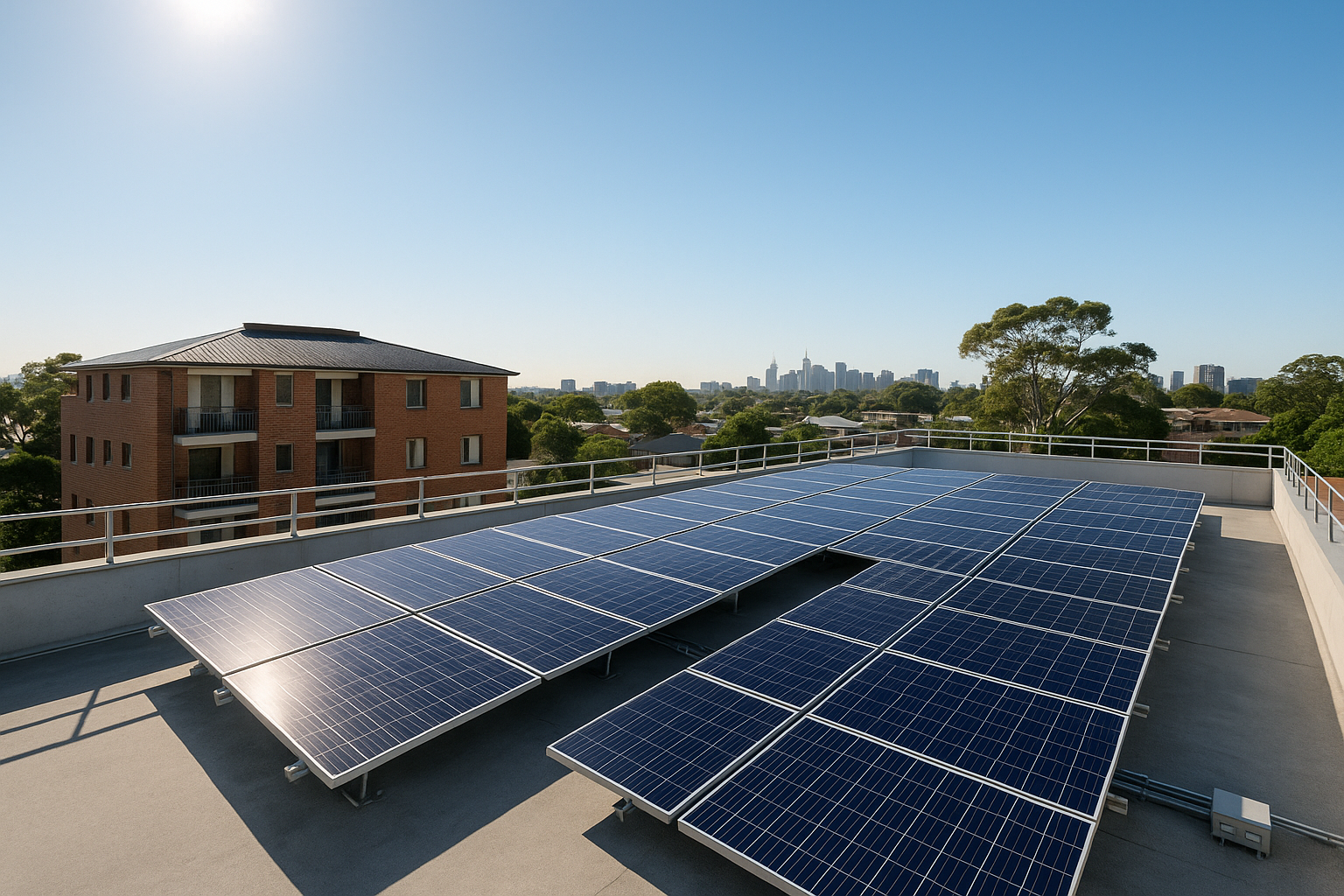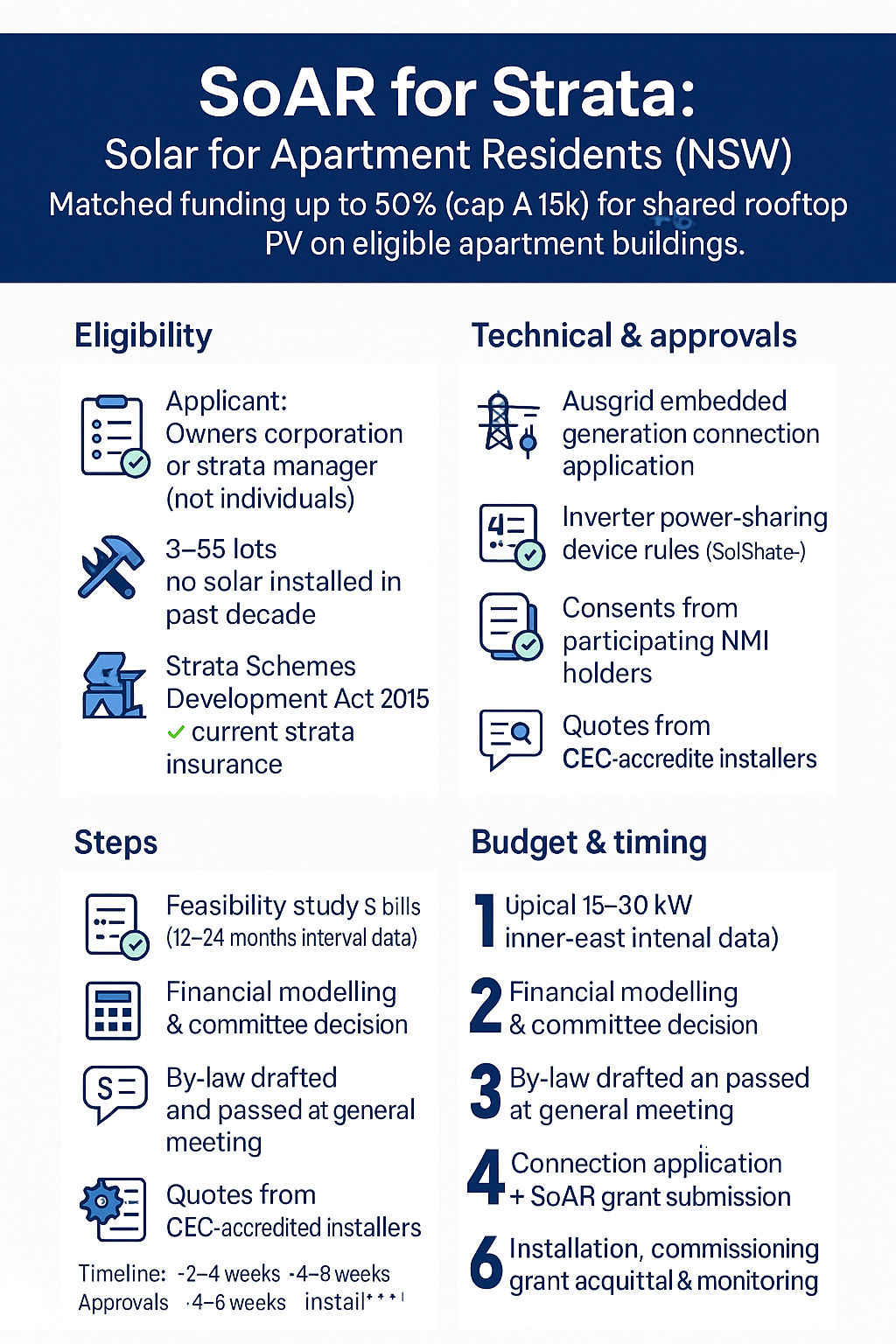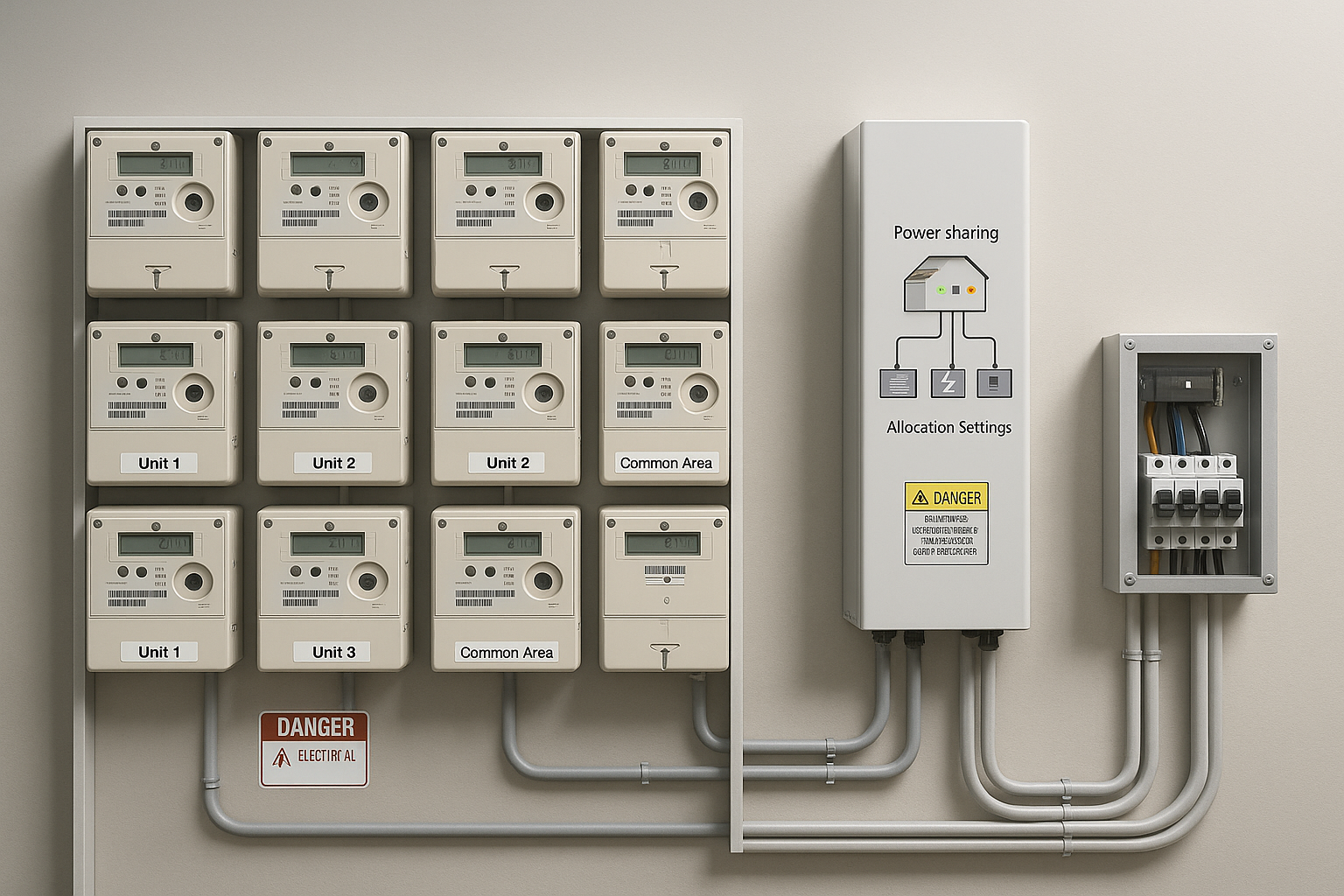Apartment solar in NSW – SoAR grants explained for strata committees
The new SoAR grant NSW is unlocking rooftop solar for apartment residents across Sydney in 2025. For strata committees and owners corporations, the scheme offers a rare opportunity to cut bills, lower emissions and future‑proof assets. This guide walks you through eligibility, budgets and the steps to apply.
Who’s eligible
SoAR stands for Solar for Apartment Residents. It’s a NSW Government grant that covers half the cost of a shared solar photovoltaic (PV) system on eligible apartment buildings and multi‑unit dwellings. Each project can receive up to $150,000 in matched funding and the program has a total pool of $25 million.
Only owners corporations or strata managers can apply. Individual residents can’t lodge an application, so you’ll need your owners corporation or strata manager to lead the process. Eligible buildings have between three and 55 lots, no existing solar installed within the past decade, are registered under the Strata Schemes Development Act 2015 and hold current strata insurance.
The system must be designed and installed by Clean Energy Council accredited installers using approved products. An embedded generation connection application through Ausgrid is required, including consent from participating National Metering Identifier account holders and compliance with Ausgrid’s inverter power sharing device rules.
Budget and timeline
Every building is different, but the table below shows indicative budgets for typical inner‑east blocks using 15–30 kW rooftop PV with SolShare hardware. Costs depend on roof access, switchboard condition, metering upgrades, fire safety clearances and labour. These estimates exclude GST and assume a streamlined installation.
|
System size (kW) |
PV & SolShare hardware (estimate) |
Installation & approvals (estimate) |
Total range (estimate) |
|
15 |
$35k–$45k |
$15k–$20k |
$50k–$65k |
|
20 |
$50k–$60k |
$20k–$25k |
$70k–$85k |
|
30 |
$70k–$85k |
$30k–$40k |
$100k–$125k |
Typical timelines start with a feasibility study (two–four weeks) and financial modelling. Once the committee approves and passes a by‑law, your installer lodges a connection application with Ausgrid and the grant documentation. Allow another month or two for approvals and grant processing. Installation and commissioning usually take four–six weeks, followed by grant acquittal and monitoring handover.
How SolShare splits energy
Allume’s SolShare is a power‑sharing device that allocates solar from a single rooftop PV system to multiple meters. The technology subdivides the energy equally among connected apartments but dynamically shifts supply to where it’s needed. ABC News reports that if one unit is using power around noon, the device sends solar to that unit, then directs energy to other apartments or common areas as demand changes.
Owners corporations can set rules – for example, an even share for each lot or weighted allocations based on usage or lot entitlements – and adjust them over time. Each apartment keeps its own electricity retailer and still receives grid supply when solar is unavailable. This flexibility makes SolShare suitable for dense urban areas like Redfern and Rosebery, where roof space is limited and shared solutions deliver fair savings.
Ausgrid requires a specific connection application for inverter power sharing devices, including consent from all participating NMI holders, a single‑line diagram and technical assessment when the aggregate inverter capacity exceeds 30 kVA. Following approval, the system must be commissioned and registered in the AEMO Distributed Energy Resources Register (Ausgrid, 2025).
Committee checklist
- Gather interval electricity bills (12–24 months) for each lot and the common area.
- Take clear photos of the roof, switchboard and metering equipment.
- Prepare a summary of meter numbers and any embedded network arrangements.
- Draft or review a by‑law for solar installation and schedule a general meeting for approval.
- Seek two to three quotes from Clean Energy Council accredited installers and compare scopes.
- Confirm SoAR eligibility and funding caps with your strata manager or installer.
- Nominate a contact person (usually the strata manager) to liaise with installers and Ausgrid.
- Book a site assessment to refine design, including fire safety clearances and access requirements.
- Plan communications to inform residents about construction timing and benefits.
Next steps
Start by requesting a detailed feasibility study from an experienced strata solar installer. This should include roof and electrical assessments, system sizing and financial modelling. Ensure the installer understands the SoAR program and SolShare technology.
Confirm eligibility with your owners corporation and strata manager. Pass a by‑law approving the installation and allocate budget based on the matched grant amount. Don’t forget to explore our solar‑for‑strata service for guidance on by‑laws and approvals.
Once the committee agrees, your installer lodges the connection application with Ausgrid and prepares the grant submission. You’ll need to provide consents, quotes and any supporting documents. When approved, sign the funding deed and schedule installation.
During installation, ensure safe access is organised and residents are kept informed. After commissioning, your installer will acquit the grant, register the system, and hand over monitoring and maintenance guides.
Ready to explore apartment solar for your building? Contact Bright Future Energy today.
Your content goes here. Edit or remove this text inline or in the module Content settings. You can also style every aspect of this content in the module Design settings and even apply custom CSS to this text in the module Advanced settings.
Your content goes here. Edit or remove this text inline or in the module Content settings. You can also style every aspect of this content in the module Design settings and even apply custom CSS to this text in the module Advanced settings.


